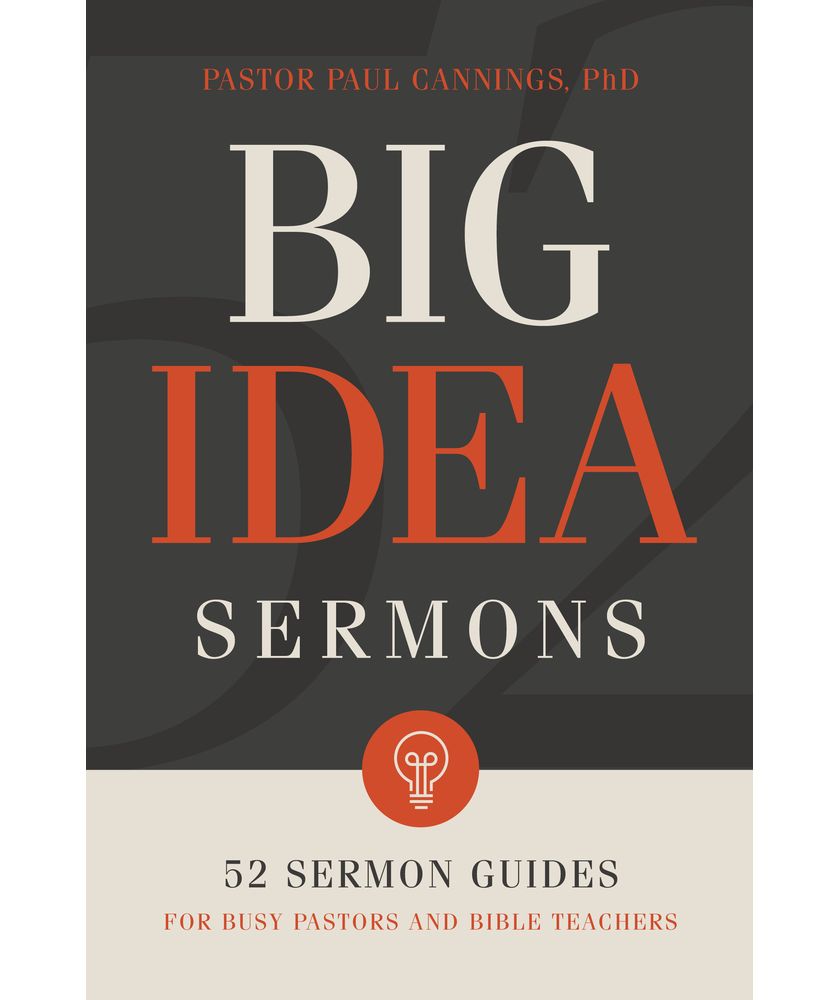What statistics should you look for? Where should you find statistics? And how do you use them in your sermons?
Statistics from surveys, the census, or science are helpful tools to understand the society we live in. So, there will be times in which they are helpful to include in your sermons. The Bible itself includes a few statistics on population sizes and the geographic size of a city. But most of the statistics you include in your sermons will illuminate life today.
Let’s consider what statistics you should look for, where to find statistics, and how to use statistics in your sermons. I will focus on social science research, but other statistics that communicate the size of something, the elevation, or the distance of something in Scripture may also be helpful.
Have realistic expectations
I shouldn’t say this out loud, since my job is to share good statistics with church leaders. But you probably won’t find the perfect statistic. The number you find won’t be as dramatic as you had planned. It won’t be the “everybody” or “nobody” that would trigger gasps and provide the shock and awe you had hoped for. Still, you may find helpful statistics.
As you use a statistic to help make your point, it will also reveal that the topic is more complex than you probably want to get into. Since the number is not all or none, it will show there are many people who don’t match the direction or primary story for that statistic. So, plan to use a statistic or two much like you would a parable. It reflects a situation that is more complex, but one key piece of that number’s story fits the point you are making.
“Plan to use a statistic or two much like you would a parable. It reflects a situation that is more complex, but one key piece of that number’s story fits the point you are making.”
Scott McConnell
Some of the statistics you would like to have don’t exist. The field of survey research is a relatively young discipline. While people have counted everyone in their group (a census) for probably all of history, the theory on which sample-based surveys were developed emerged less than 100 years ago.
While you run into surveys everywhere you go today, there are still many topics that have not yet been explored. And some questions you may think of are extremely hard to get to the people who can provide the answer. For example, researchers haven’t explored too many of the questions that require tracking the same people for 30 years to find the answer. Some populations are so small or so unique that the cost of finding those few people is too expensive to try.
Search good sources
Statistics are only as good as the research that created the numbers. Quality starts with who was surveyed. If the survey uses random probability sampling from the full population you want to describe, then you have quality. For other sampling methods, you have to dig deeper to ensure the sampling method was appropriate and eliminated bias. The size of the sample also contributes to quality. The larger the sample, the smaller the impact of error in selecting the sample.
Another significant quality factor is the wording of the questions themselves. The wording (including questions and text before the question) must be objective and balanced. Every researcher comes to a project with their own beliefs. Quality research approaches the topic objectively. Even though you may disagree with the researcher’s opinions, their data should still be helpful to people with the full range of opinions on the topic.
“Statistics are only as good as the research that created the numbers.”
Scott McConnell
Google can be a good place to start in your search for statistics, because it will expose you to what research has been done and typically lists those most used at the top. Those used the most may or may not be quality, but it is helpful to know what is getting the clicks.
For your typical search, you will also want to visit research organizations that have done many studies that describe American society or religion. In addition to Lifeway Research, some solid sources include: Gallup, Pew, Faith Communities Today, Barna Research, General Social Survey, Cooperative Election Study, U.S. Census Bureau, and several universities that regularly conduct studies with national samples. While you are more likely to find relevant statistics from these sources, good studies have been done by organizations that have only produced one or two studies.
Sometimes you find the question you had hoped someone had asked, but the result isn’t what you expected. You may not want to use the inconvenient number you found, but that contextual discovery should impact your thinking and even how you talk about that context.
Give the statistic an appropriate role to play
A sermon’s goal is to exhort, correct, or encourage people with the truths of Scripture. So, a survey statistic will not be the primary narrative. Statistics simply add context. Context signals relevance and is needed in some form unless the topic is blatantly relevant to everyone listening.
Most of the time the context offered by a statistic will fit best within your sermon’s introduction or application. As you pick an angle to get people thinking about the topic found in your sermon’s biblical passage, you can often use statistics to help people think about that topic.
“As you pick an angle to get people thinking about the topic found in your sermon’s biblical passage, you can often use statistics to help people think about that topic.”
Scott McConnell
By definition, statistics count something. Broadly speaking, you find survey numbers counting how many people are in a demographic group, how many do something, or how many think a certain way. You can introduce the relevance of an action or a belief by sharing how many people act or think in that way.
Statistics will act in much the same way as stories to draw your audience into the topic, though typically with much more brevity. Stories may trigger emotion, illustrate something practical, or be funny. Survey questions can fill these same roles, as their responses may communicate emotion or the strength of their reaction. Family Feud has had a long history of unpacking responses from surveys of 100 people on fun or humorous topics. But the largest number of statistics provide factual or practical context.
In the middle of your sermon when you are unpacking Scripture, there still will be times where a statistic can be helpful. Typically, the helpful statistic will illustrate how a group of people’s actions or beliefs align with or diverge from what God calls us to in Scripture. A helpful statistic may also give a quick example of what you are teaching.
Using statistics is not a mark of a good sermon. But mis-using statistics is a mark of a bad sermon. So, seek to understand the statistic that looks like it fits and would be helpful in your sermon. Then clearly share the finding along with the question asked. And cite your source.
In Big Idea Sermons, Dr. Cannings clearly lays out the key components of a good sermon by including sermon outlines, series, background information, illustrations, holiday messages for Thanksgiving, Christmas, Mother's and Father's Day, and more. He also includes references to the Hebrew and Greek texts for further validation. By working with the original languages, Dr. Cannings proclaims the gospel in a clear, engaging, and trustworthy manner.
Pastors, preachers, lay teachers, and anyone in position to preach a sermon or teach a lesson: Big Idea Sermons is here to help. All that you need to write a good sermon is included. Be sure to read, meditate, and pray so you may use this resource wisely and effectively.

